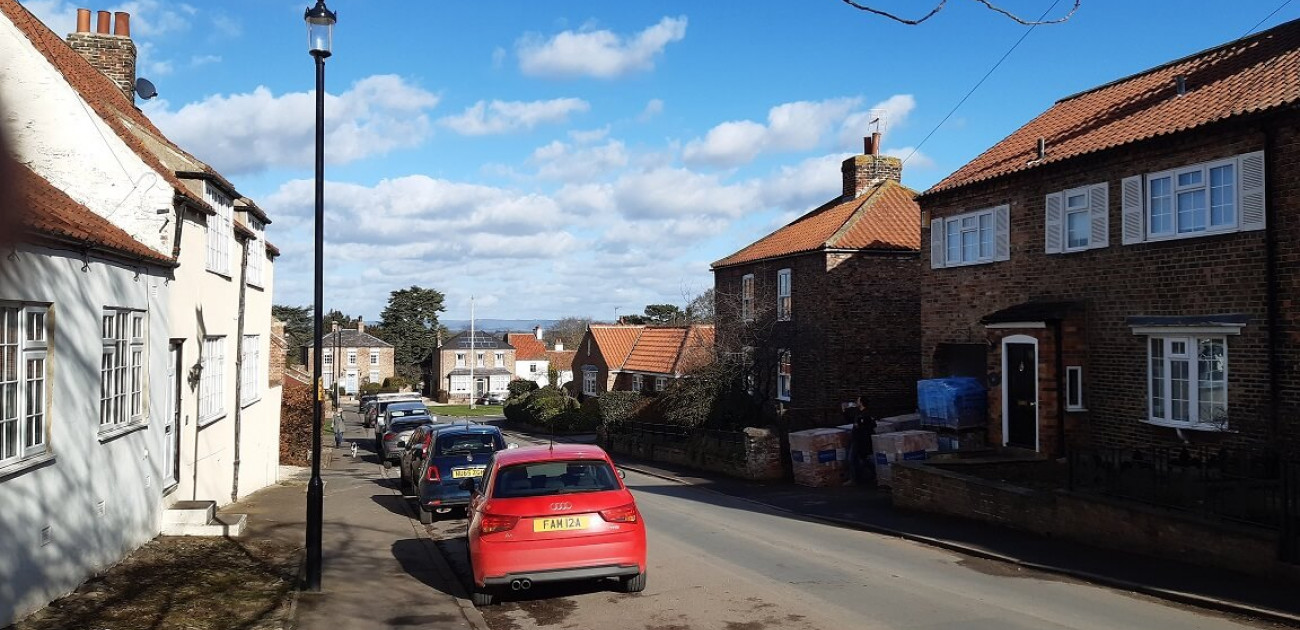24 February 2023
Culturally Resetting To A British Landscape And Heritage

Listening to Maggot Brain by Funkadelic (recommended by our daughter), I am somewhat regretting putting up the last few blogs. I am sure they will be ignored, trashed and ridiculed as the ravings of a madman. Nevertheless, they are how I have framed and understood the poetry as I read it, free from any preconceptions. For me, knowledge has to be based only on observations, unfettered by implicit metaphysical assumptions. So, all I did when reading the poems, in translation I admit, was base my ideas on what was observable and what I read on the pages in front of me, i.e. the names of the places in the text. It was from these words alone that I imagined a geography.
I expect my hypothesis will be dismissed and argued away, but that for me does not matter because it has opened a new way of looking at British culture. So now, rather than the English cultural heritage as taught to me in school and beyond for the last 40 years, I can validly shift my locus to an imagined mead hall literally where I am typing this blog. I can envisage a cultural and historical heritage that begins in a British-Welsh landscape before the Anglo-Saxons. I see an alternative way of understanding this island's culture that links together Wales through Northern England into Lowland Scotland rather than one based solely around a London English mindset.
And so, a big thank you to those who have preserved the old British language and culture - Aneirin, Taliesen, Nennius, and the collective that I call Aneirin and Taliesen, the Mabinogion, and the Welsh church which preserved the Welsh language in the face of an English tidal wave. And a big thank you to those who have managed to transcribe and unpick the impossible old Welsh and make it accessible to me through beautiful 'English' poetry - Sir Ifor Williams, Marged Haycock, Gwyneth Lewis and Rowan Williams, Gillian Clarke, etc., etc.
Now, I will let it lie and go back to my day job - spices, herbs and trees.
Postscript (1.30 p.m., 24/2/2023): It is crazy, but I have just come back from a stroll that covers almost 2000 years of British history. It is the first time I have done the River Walk since I wrote these blogs. I walked out of our house down Front Street and Mount Agned in Aldborough-Erechwydd, then veered right, going past the squat church of St Andrew, walking alongside the Hall, turned left down the track to the Ure. At the end of the lonnen, I moved onto the flood defences and headed northeast. In the distance, the Victorian White Horse of Llech Wen glistened in the sunlight. Then, as I started turning back towards Boroughbridge, the hills of Rheged were in the distance as a blue shadow and just about visible was Roseberry Topping-Mount Badonis-Eden. Walking towards the northwest the Pennines and Catraeth are in the distance, beyond the modern housing at Boroughbridge. The sky is a broody Vale of York weather - blue sky, white clouds and the odd malevolent dark grey-black raincloud and the wind a biting cold wind from the west. Luckily, even though it promised rain, there was a only a small patch of drizzle that drove into my face for a five minute spell. I imagined that Osric's forces has been laid out and then defeated by Cadwallon in 633/4 on the ings below me, but maybe they were encamped more towards the new housing development along Aldborough Gate, named by Barratt in a tacky nod to history, Harclay Park. Before I walked back across the fields towards the school and the cricket pitch, I pondered beside a small patch of snowdrops and looked to the park bench on the other side of the water - it's roughly here that Harclay's troops beat the Earl of Lancaster's forces in a shower of arrows from the longbow in 1322. So, back home past the Manor and the church. No-one really about. No-one aware or that interested in the history. It is really weird to think that I am the first person mentally to walk that route in about 1450 years and the first person ever to walk the 1900 years from Roman to early British to Anglo-Saxon to Plantagenet and then to genteel modernity, but what a history, what a story. As I said, that is crazy.




